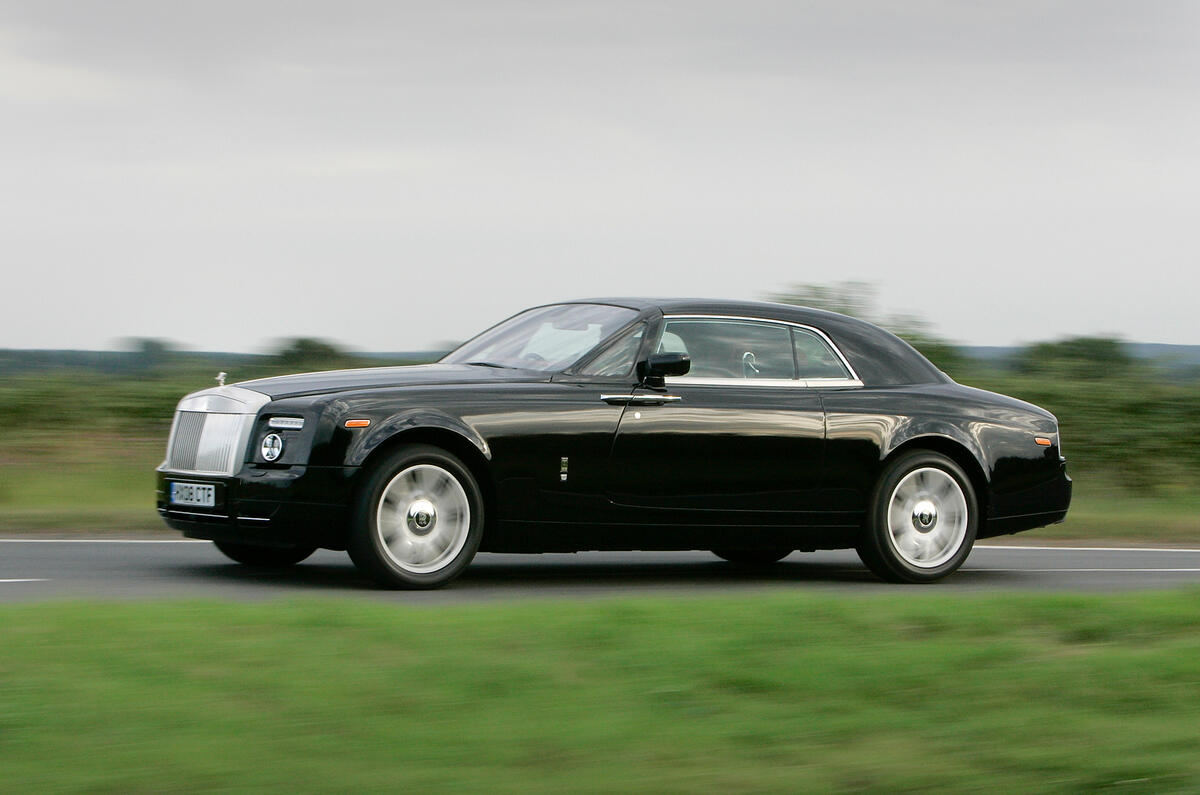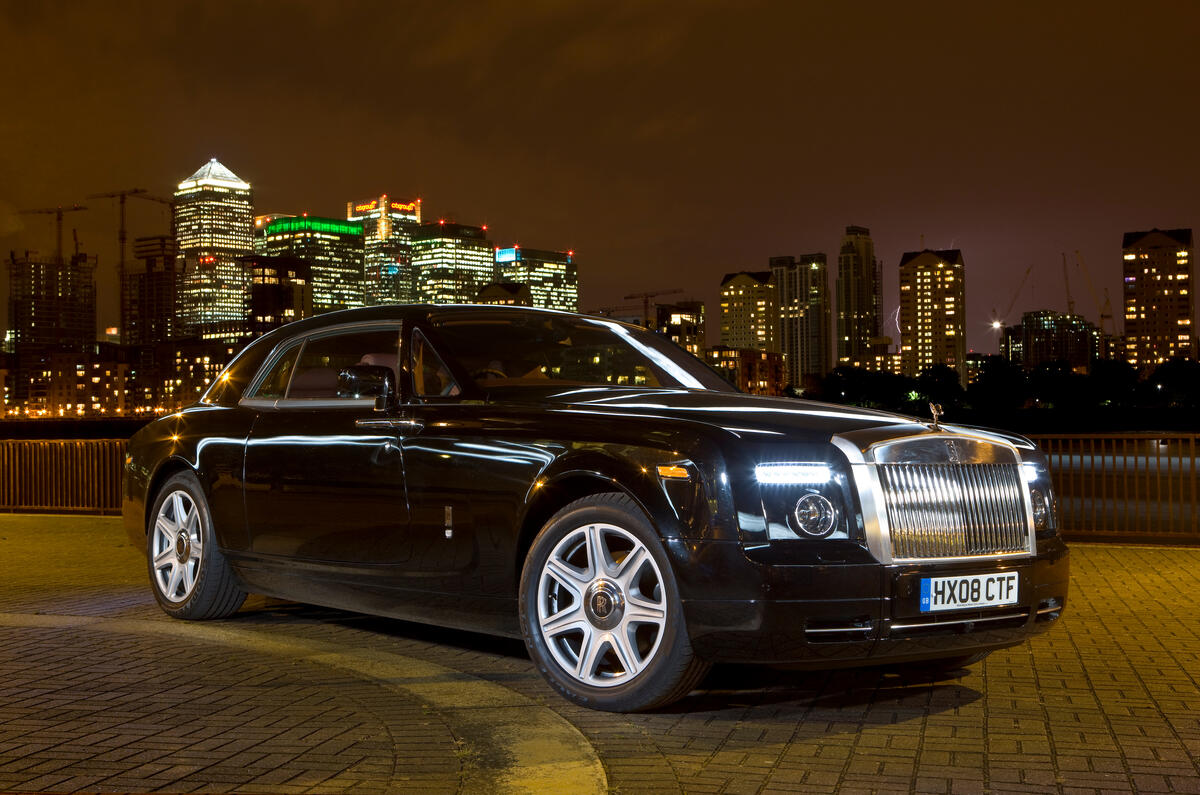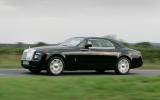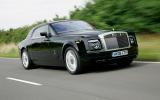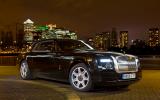Identical to that of other Rolls-Royce Phantoms, the 6.75-litre V12 engine makes a solid 453bhp and a not-insubstantial 531lb ft of torque, driving through a six-speed automatic transmission. That sounds sufficient for plenty of performance – but maybe 'performance' is too vulgar a word for such a monumental car. ‘Propulsion’ is perhaps more fitting.
Nevertheless, quantify and rate its performance we must. So here are the figures: 0-60mph in 6.1sec and 100mph in 15.7sec. How does this feel in a car weighing 2655kg? At first, frankly ridiculous. So majestic does the Phantom feel at pedestrian speeds that when the moment comes to extend the throttle fully, the vigorous, if still entirely dignified, progress comes as some surprise. With familiarity, though, comes the realisation that the Coupé’s pace is more brisk than truly rapid. In fact, our figures trail Rolls-Royce’s claims for the car (by 0.5sec for 0-60mph) and those we achieved for the saloon in 2003, a consequence, perhaps, of the Coupé’s additional 70kg.
But does the Phantom have enough performance? In almost all circumstances, yes; only on prolonged high-speed ascents would more power help. That is something BMW could almost certainly provide, but perhaps not without damaging the one element that defines Rolls-Royce more than any other: the sense of achieving without ever really trying. The 6.75 V12 never sounds strained, there is no hint of vibration or stress, just a gentle, distant and refined hum as the 531lb ft of torque goes to work.
As with other Phantoms, there’s no manual control over the excellent six-speed automatic gearbox, except for the addition of a wheel-mounted Sport button. By sharpening the throttle mapping and holding each gear longer, this commands the Phantom to tap into its reserves with more zest. It helps in the rare circumstance of a spirited drive, but its more relevant value is in selecting first gear from standstill – handy for a brisk but measured response.
Measuring 374mm and 370mm, the Coupé’s brakes are identical to those of the saloon, and pedal travel is likewise long, at first giving an (incorrect) impression of dead travel and insufficient stopping power. The Phantom will stop from 70mph in a respectable 49.3m, and the travel is there to help eradicate jerky stops at town speeds. It just takes a little getting used to.



